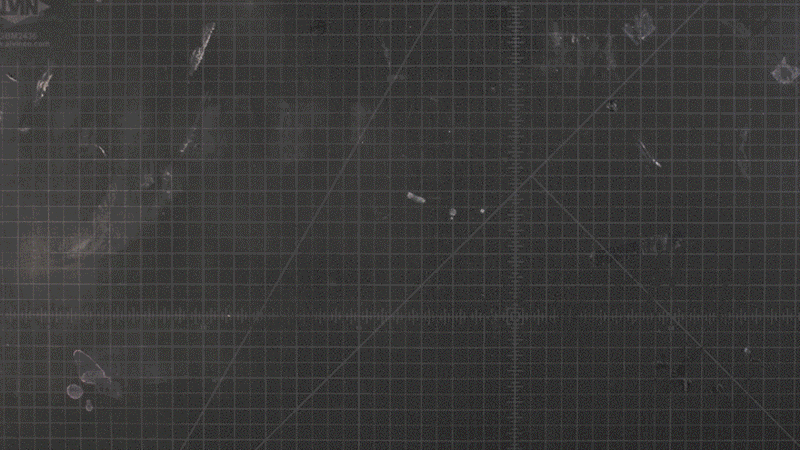Redesigning Transocean’s deep sea control system for safety and efficiency
2 min read
Transocean was engineering an entirely new control system for their rigs that drill up to 10,000 feet underwater. As they changed the subsea mechanical system that had been in use for over 80 years, the human-machine interface would have to change, too.
Not only would it need to be usable for old-school drillers who have been on rigs for 25 years, it needs to help them understand and learn how a brand new system works.
CONTEXT
The system that Transocean was redesigning was to replace the same system that failed in the Deepwater Horizon accident in the Gulf of Mexico. Not only does downtime caused by user error cost them millions, preventing accidents thru user error is what keeps their crews and the environment safe.
If we can design a new HMI that is usable and efficient, despite new underlying mechanics underneath, can we reduce downtime for the rig and increase safety for the crew?
Usability scores using System Usability Scale (SUS) to ensure safety, confidence, and efficiency
Comprehension of how the new mechanical system works based on interviews with first time users
WHAT WILL BE MEASURED?
OUTCOME
Through several rounds of usability testing during development, and including drillers across a wide range of experience, we reached a usability score in the 97th percentile on the System Usability Scale, and a patented new system interface design.
HOW’D WE DO IT
Turning data into situational awareness
The new mechanical system created a lot more data than previous systems. That was both a great opportunity, and a challenge—how to balance situational awareness without increasing cognitive overload. This new information was also a hurdle for new users to get onboarded and understand how the mechanical system actually worked.
Our solution used a hierarchical navigation that bubbled up key information and allowed for users to drill down into more details when needed. All of this was presented through consistent, clear visualizations that quickly informed users what was normal—and what was in need of attention.
This enabled users to quickly get a complete picture of the health and status of the rig's subsea mechanical system—all while our design provided much more information than previous systems.
Understanding culture helped to ensure acceptance
Our team’s initial on-site research—in this case, a few days on a rig in the Gulf of Mexico—helped shape our view of the culture on the rig. It is a close-knit group of workers who live in close quarters for extended periods. Due to the inherent danger of working on a rig, this leads to deeper trust amongst colleagues than in most work environments.
Our broader understanding of culture, communication, and experience helped us throughout the process. We not only needed to understand their processes and rules, but we also worked closely with drillers and engineers as subject matter experts in the co-creation of the solution.
This entire approach from understanding to co-creation to testing ensured that we could design something that not only met the technical requirements and standards, but would be accepted and embraced by the men and women on a rig.
Turn drillers into power users on day one
The systems that drillers use are complex, and that’s because they are powerful. Keeping a rig accurately located over a well that’s a mile or more below them on the ocean floor while also monitoring many different systems onboard to avoid downtime is no small feat. Because of this, they go through training and certification twice a year.
Our team built on this institutional knowledge and familiarity with existing systems to introduce new concepts. We did this by improving their expected system design patterns with more robust, proven UX patterns and better information architecture.
This resulted in accelerated understanding of how the system worked, nearly off the charts usability scores, and very high user confidence after using it for the first time.
